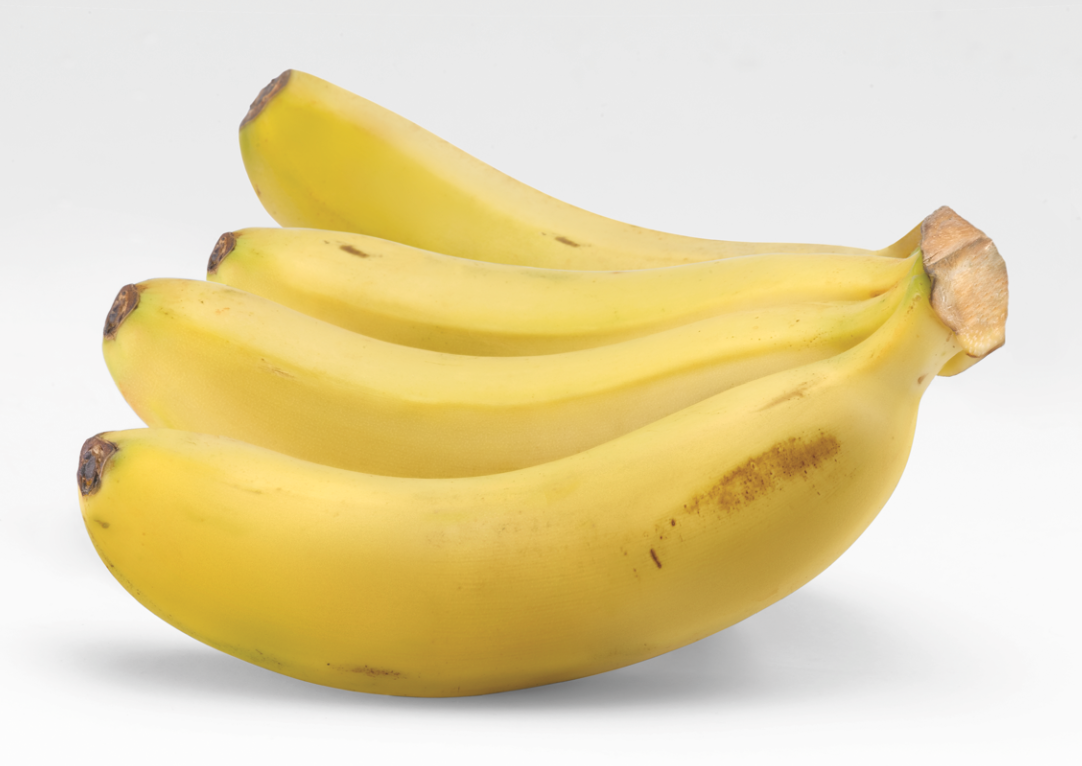
Just like any sector, the Canary banana sector is facing competitive forces that condition its future. In my opinion, the sector has five strategic pillars to be able to confront these forces.
The first pillar is the economic aid that the different public administrations receive and the maintenance of levies on other bananas. The aid would ensure minimum income for all farmers and the levies would prevent other bananas from being sold at extremely low prices and thus bringing the prices of our bananas down so low that their cultivation would no longer be viable. We only have to look back to realise the importance of this pillar and the great work done by ASPROCAN for the sector with the help of the Ministry of Agriculture of the Canary Government.
On the level of marketing mix the aid works on the price policy as if this was a cost producer, enabling our bananas to be sold at lower prices. The great problem of all aid is that the competitiveness it gives us does not depend on internal factors, which the sector can control and decide, but rather on external factors where the political and commercial pressure of the multinationals of all kinds and origin have a lot to say. I therefore believe that although it is necessary to fight for aid and the maintenance of levies right to the end, the sensible thing is to build the future on the basis of our capacities and strengths, and it is here where the other strategic pillars come into play: the brand value or capital, exporting, quality and union in Asprocan.
The sector’s second strategic pillar is the value of its “Plátano de Canarias” brand. To understand the important role that this pillar plays in the sector’s competitiveness, it is interesting to remember that the guru of business strategy Michael E. Porter divides the large general strategies into three to face the competitive forces of the sector: to be cost competitive, to be competitive by differentiation or to be competitive in a market segment.
It is clear that we cannot beat the foreign banana by competing on the level of costs and so all that remains is for us to be competitive by differentiation, but it is also equally clear that Plátano de Canarias is objectively better than foreign bananas because we excel in what consumers most appreciate, which is the flavour. Therefore, we must compete by enhancing this distinction. All products that want to be distinguished use a brand, and all brands that want to inform end consumers of their difference or the reason for being chosen use advertising.
However, for Plátanos de Canarias, to label them with our brand and to do advertising is still more important for the simple reason that our distinctive strength, the flavour, is something that is not seen, whereas the strength of the competition, the size and good appearance, is something that is seen.
A result of Asprocan’s consistency in continuing with this strategy of differentiation recommended in 1992 by Agr! with regard to the imitation of the foreign banana is that, according to the latest studies on the effectiveness of advertising made in 2012 by Emer-GFK, 89.7% of consumers prefer the Plátano de Canarias and statistically 87.7% are willing to pay at least 30 cents per kilo more for Plátano de Canarias than for foreign bananas. What’s more, in the last 5 years banana consumption has almost doubled with respect to other fruit, according to MAGRAMA data.
Both figures reflect the very high value or capital of the brand generated by the advertising. We only have to think of how much income would not have been received if our banana had been sold without these extra few cents since the foreign banana came onto the market. However, the effects of advertising are limited; if these 30 cents are exceeded, part of these 89.7% of consumers who prefer Plátano de Canarias might go over to foreign bananas, and if the price of foreign bananas is very low and the offer of Plátanos de Canarias is very high, as happened in 2010, disaster is unavoidable. It is here where the third strategic pillar comes into play, exporting.
Continuous, profitable exporting to Europe is the sector’s next challenge. If 40 or 50 million kilograms were sold throughout a year, 10% of total production, and above all at a good price, we could kill two birds with one stone: the peninsular market offer would be regulated, and therefore prices too, and surpluses would be avoided.
Up to now, this has been attempted individually and in isolation but has not been achieved for several reasons from which lessons must be learnt. The product that has been sent was surplus here and unwanted, it was not properly matured and supply was not consistent when the prices were better in the peninsular, and above all the attempted competition with foreign bananas came in terms of price. Now with everything that has been learned and by creating a free participation consortium, Asprocan is going to try again. It is not going to be easy or fast and my recommendation has always been to position Plátano de Canarias in Europe in the segment of gourmet products, as a product with high-quality, presentation and price, fighting for a market niche which would appreciate it and be able to pay the price. My reasons for this recommendation are that this “Canary Islands” niche exists, is known and appreciated, assures profitability throughout the year and is the only one where we can be competitive. However, to achieve this European market segment things have to be done well from the beginning with the quality, presentation and advertising, and all of this has also to be maintained in time.
The fourth pillar is quality. the quality is everything that consumers recognise as such and are willing to pay for. Agr! has striven for many years to help consumers to recognise flavour as a key factor of quality in a banana, and not its appearance, for this makes us more competitive over foreign bananas. Thanks to this, the word “Canary” associated with bananas makes them perceived as having greater quality for consumers, who are therefore prepared to pay more. But it is possible and necessary to ensure that Plátanos de Canarias not only always have a better flavour, but also a better appearance, and to do everything that is possible to achieve this from the time of harvesting until the fruit’s final presentation at the point of sale. In every market there is a high, medium and low segment and growth in TOTAL quality would enable the three segments to be covered. The IGP could regulate the quality standards to allow this segmentation and a distinct high range and to prohibit bananas with a poorer appearance from being able to be called “Plátano de Canarias”. I would also regulate the use of the name “Canary” associated with other brands, something which is essential if we do not want to fall into chaos and the destruction of the brand which has been so difficult to revalue.
The fifth and last strategic pillar is ASPROCAN itself. Its existence allows the other 4 pillars, and this is the reason for its importance. In order to be able to objectively assess its importance and the work of its leaders, it would be necessary to compare what has been achieved in it and what has been achieved with advertising. In any case, the fact that a whole sector is united gives it great strength: the possibility of adopting new common policies to be ever more competitive, an exceptional example of how far it is possible to go is Zespri, which began as Asprocan and now is a body that decides on the policies of price-quality, distribution and communication which the whole sector observes, giving exceptional results for the farmers.
In conclusion, if the sector continues to be united and ensures that future generations continue to appreciate our brand and also increase the price that they are willing to pay for it, and if a small gap is also opened up in the European market, there is no need to fear the future or the problems that it might bring.

